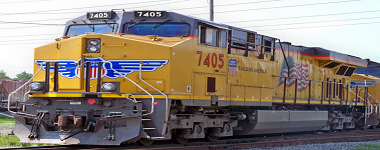Week 33 of 2017 shows same week total rail traffic (from same week one year ago) improved according to the Association of American Railroads (AAR) traffic data. The economically intuitive sectors insignificantly declined and the intuitive rolling averages remain in contraction.

Analyst Opinion of the Rail Data
We review this data set to understand the economy. If coal and grain are removed from the analysis, this week it contracted 1.3 % (meaning that the predicitive economic elements declined year-over-year). Also consider total rail movements are below 2015 levels – even though they are above 2016 levels. This week the one year rolling averages continue in expansion for the 12th week after contraction beginning in late 2015.
The strength this week again was intermodal – which is economically positive (and is contrary to the slowness of the economically intuitive carload counts).
The following graph compares the four week moving averages for the rail economically intuitive sectors (red line) vs. total movements (blue line): Rail’s intuitive sectors have been bouncing around the zero growth line for most of 2017 remained below the zero growth line for the seventh week..
This analysis is looking for clues in the rail data to show the direction of economic activity – and is not necessarily looking for clues of profitability of the railroads. The weekly data is fairly noisy, and the best way to view it is to look at the rolling averages (carloads [including coal and grain] and intermodal combined).














Leave A Comment